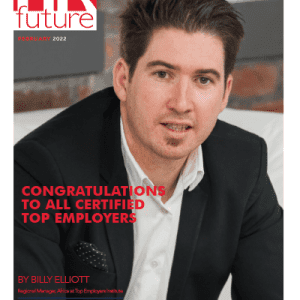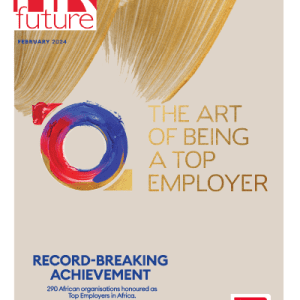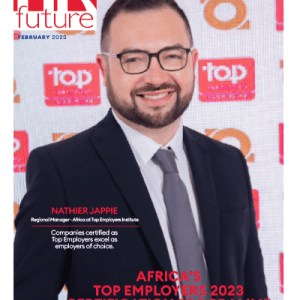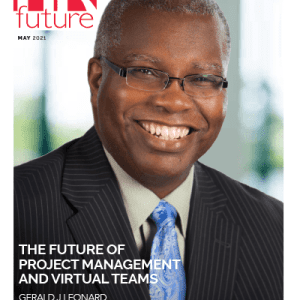Here’s what to do if your employees are engaging in side hustles.
Quiet quitting is not about quitting a job, it’s about withholding some aspects of job responsibilities by ‘doing the bare minimum’. It exemplifies a lack of an employee’s engagement and can be a reaction against unfair working practices, lack of recognition, bad management and toxic working environments.
When a full-time employee works a second gig outside of their regular 9-5 job, it’s called moonlighting. An increasingly popular trend, moonlighting is up 6% in 2022 according to government data.
Broadly speaking, I think there are three factors that motivate people to seek out supplemental employment. For one, have you been to the grocery store lately? The most common explanation is that employees seek extra income because prices are rising, and they need more cash flow to keep up.
The second motivator is concern about the future—what if I get laid off? And the third reason people take on extra work is they want to acquire new skills and since the job market is so hot right now, they might be able to find a second gig that pays them to learn on the job.
So, what is an HR leader to do? Of course, your company should have a moonlighting policy, but you already know that, and chances are you do. The deeper question for HR is, how can we create company cultures and workplace environments that are moonlight-resistant? How can we get to the root of the problem? Let’s try to do that by addressing each moonlighting motivator one at a time.
What to do about moonlighters who want to make more money.
This one requires a two-step response: first, you need to ensure your organization is compensating workers fairly and that your approach to pay is strategic. Next, you need to ensure employees understand their total compensation.
So, step one is a thorough review of pay across the organization. Ideally, you can work with an unbiased 3rd party research firm to conduct timely market analysis on your behalf. If not, HR professionals (and those intrepid HR teams of one) know how to roll up their sleeves figure it out. (HR software can help.) The primary goal is to make sure your company’s pay is competitive and fair based on your industry, peer set and geography.
Beyond that, HR and finance leaders can work together to decide which areas of your business require the most (and least) investment. For example, your pay philosophy may change over time; in 2023, you may pay more for customer service roles than for sales roles, but in 2024, those priorities might flip. That’s the strategic, forward-looking part of compensation planning. The end goal is to have a compensation model that reflects market realities and aligns to business objectives.
Once your internal house is in order, you can begin educating employees on what their total compensation actually looks like. When HR leaders talk narrowly about salary, most people think of the paycheck they get every two weeks with all the deductions taken out.
They forget how much their company invests in them, from health & wellness benefits to training, learning, PTO and more. Talk to your HR software provider about easy ways to create a total comp statement. It’s one of the best ways to demonstrate how much your company values people.
Together, these two steps prepare HR leaders to reframe the “I need to make more money” conversation by clearly articulating your company’s pay philosophy and then by showing employees a comprehensive view of the total rewards they receive from their full-time jobs.
What to do about moonlighters who are concerned about the future.
The next two issues really come down to one thing: an employee’s relationship with their manager. How often do frontline managers at your organization sit down (in person or virtually) and have real conversations with their direct reports? Candid, open, transparent communication is the best way to counteract anxiety about the future.
We all have an innate desire to feel both a sense of belonging and momentum. We want to know the work we do today is valued and that the extra effort we put into our jobs will pay off down the road in the form of new opportunities. But if managers aren’t asking the right questions (or worse, if they’re not asking any questions), employees are going to fill the radio silence with anxious thoughts.
That’s why I’ve always been a fan of one-on-ones with my direct reports. The more managers listen, the more they’ll learn. And the more they listen, the more honest and straightforward their team members will be. Open lines of communication with employees, establish trust with continuous conversations, and watch what happens. I think you’ll be pleasantly surprised.
What to do about moonlighters who want to acquire new skills.
If people on your team are eager to learn new skills, that’s a good thing. In fact, that’s wonderful. And because you’ve established a culture of open communication and continuous dialogue, managers will know who on their team is restless to try something new. Ninety-four percent of employees say they’d stay at a company longer if it invested in their learning and growth (Linkedin).
That’s why it’s so important to consider the career paths of every employee, even (and maybe especially) employees who hold jobs that aren’t traditionally thought of as “careers.” Post-pandemic, workers across many different industries have all come to the same conclusion: they want their 9-5 jobs to be enriching, both professionally and personally.
Career pathing enables employees to learn about their strengths and weaknesses, to see more clearly how their contributions are valued, and to envision how their current day-to-day responsibilities can lead to greater opportunity in the future. Give your team members a path forward, and chances are they’ll be happy to take it.
People take on second jobs for a variety of reasons, and some people are always going to want a side hustle. But HR leaders know that. We just need to remember that the desire to moonlight might actually be a good thing. It’s the job of HR leaders and frontline managers to channel the energy in the right direction.
Paaras Parker is the CHRO at Paycor in Cincinnati, Ohio, US.











































